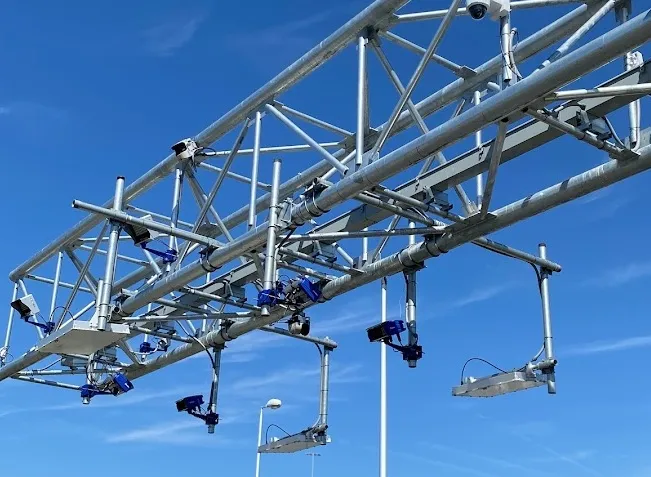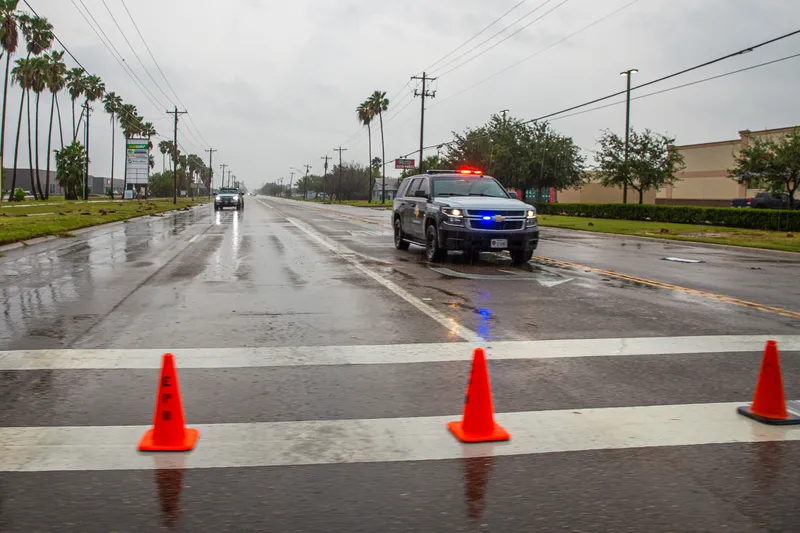
Emovis has completed its implementation a free-flow tolling system for Elizabeth River Crossings (ERC) in the South Hampton Roads region of Virginia, US.
The project includes four tolling gantries located at the Downtown Tunnel and Midtown Tunnel: each gantry is equipped with advanced roadside sensors and pavement detection technology.
ERC is the limited liability company that finances, delivers, operates and maintains the crossing.
"Together, we’ve implemented a cutting-edge solution that sets a new benchmark for tolling systems in the region," says Christian Barrientos, CEO of Emovis.
Vehicle data is processed via Emovis’ cloud-based roadside system equipment platform, Emovis Identify.
This generates accurate, uniform transaction messages, the company says. The messages are integrated with ERC’s toll transaction host for rating and invoicing in near-real-time, Emovis adds.
The old tolling system has remained operational during the transition to free-flow, and will be decommissioned after full adoption of the new platform.
Accurate, reliable toll collection is the aim of the ERC project, minimising revenue leakage and improving operational efficiency. “We are proud to have completed the installation of this innovative solution at our tunnels, so that we can provide even better customer service," says Anna Bonet, CEO of ERC.
As the free-flow tolling system becomes fully operational, Emovis and ERC say they are "committed to continuously monitoring and optimising its performance".










